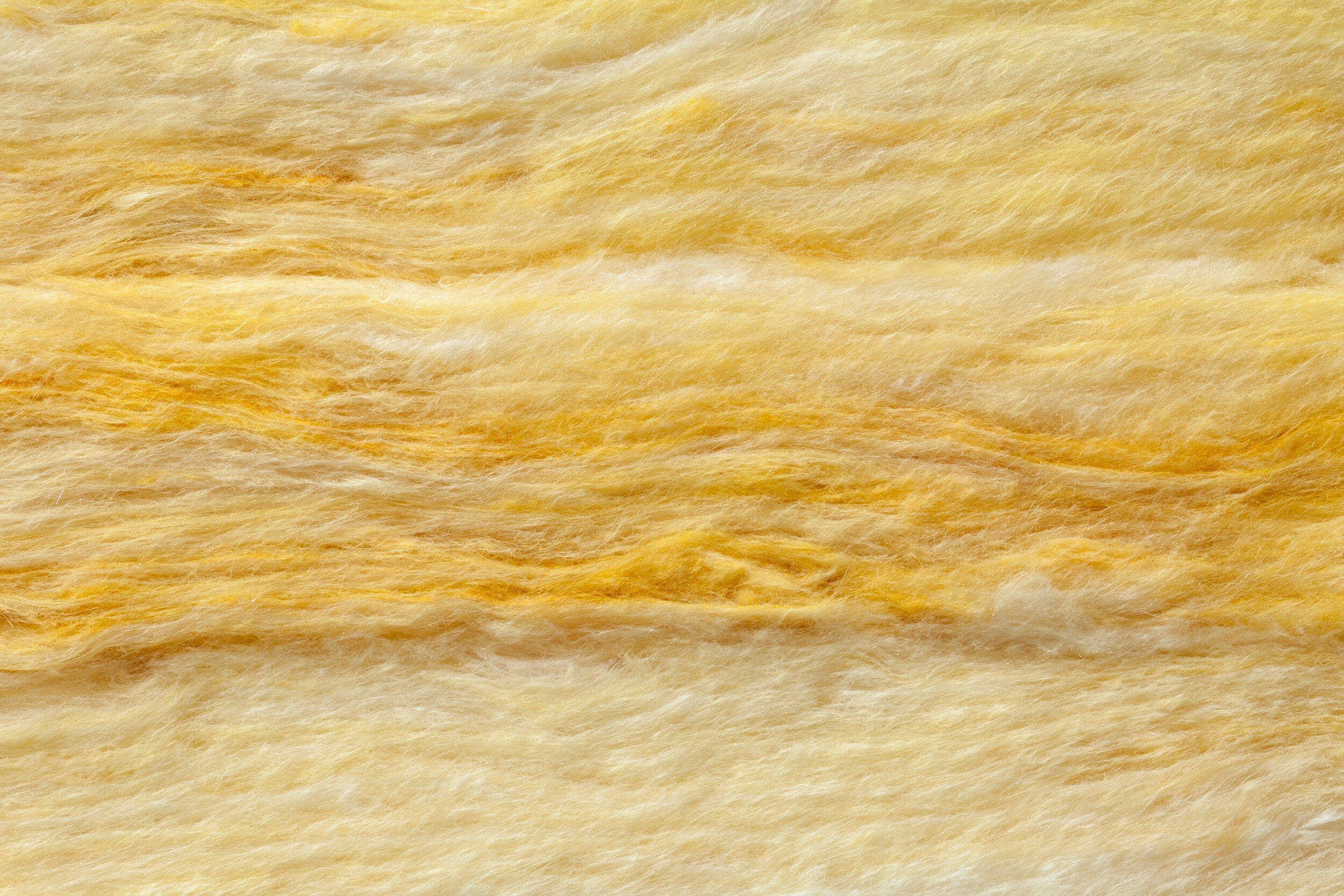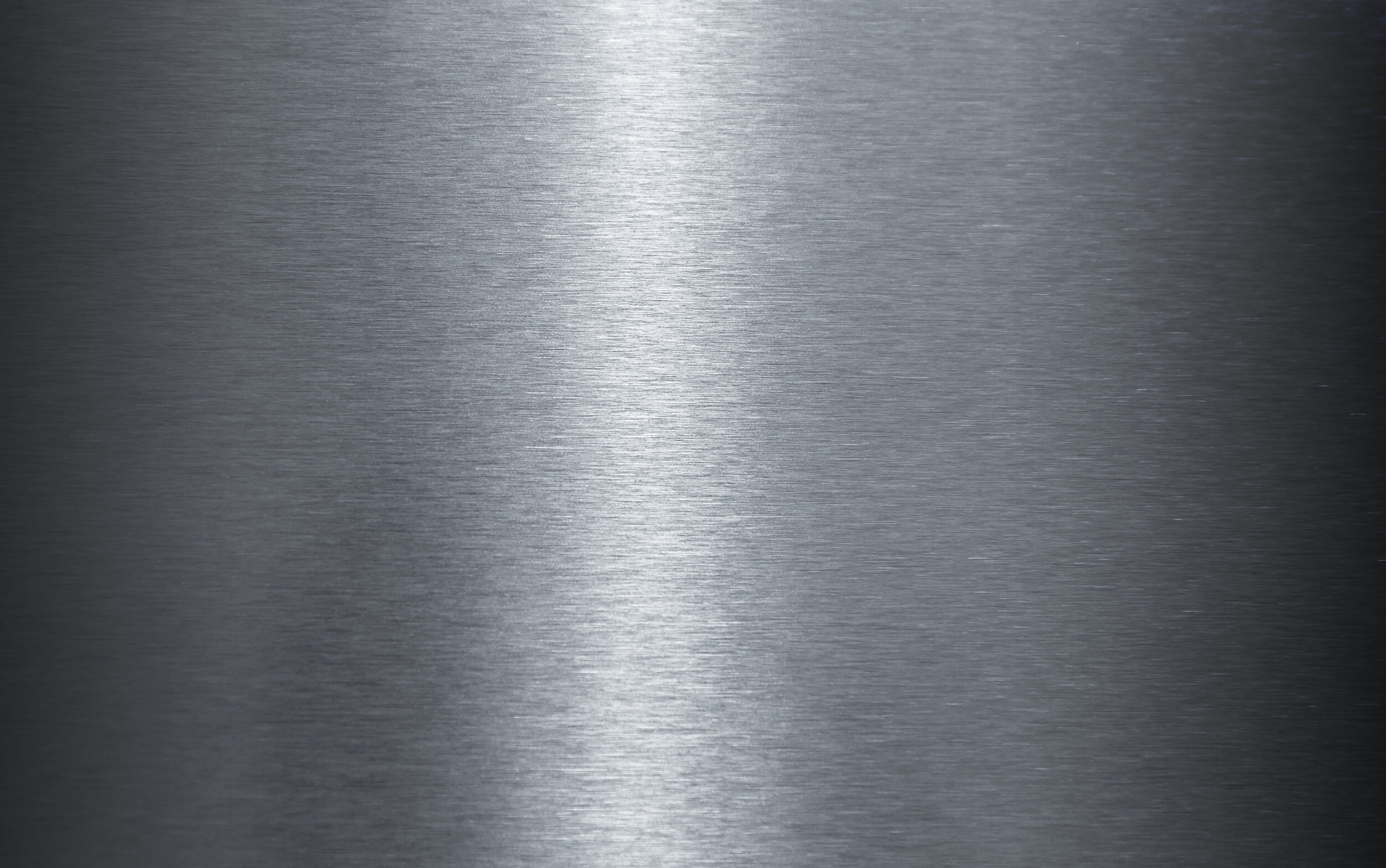embodied carbon
According to Anthony Pak of Priopta, the term “Embodied Carbon” refers to the carbon footprint of building materials, measured from cradle to grave. He uses a scientific approach called Life Cycle Assessment (LCA) to quantify the total cradle-grave environmental impacts associated with the materials used to build a home, such as:
The impacts are assessed at each stage, from extraction and refinement of raw materials, to transport and installation in a home, and eventually to their fate when the home is torn down and the materials are disposed of or recycled.
There are two important ways we can reduce Embodied Carbon:
1 - Choose materials with lower carbon footprints. To do this, we turn to more materials that capture carbon, such as wood. The lifecycle carbon cost of cutting a tree, turning most of it into lumber and then building it into a home where it won’t decompose, is lower than manufactured materials like concrete, steel and foam insulation. Everywhere in the home where we have a choice of materials, we can make these comparisons.
2 - Plan to build the home in ways that reduce carbon consumption. We can have wall and roof panels prefabricated and then assembled onsite in as little as a week, greatly improving labour efficiency. It also reduces waste and the possibility of the home’s skeleton being damaged by the elements.
Mass Timber is one type of prefab that can be applied to a home. It’s a way to construct buildings with a primary load-bearing structure made either of solid or engineered wood, thereby reducing the need for concrete and steel. And it’s a great way to store a ton of carbon.
Source: http://www.bautechnik.ca/wood
When it comes to renovations, we can think of no better way to honour the principles of Reduce, Reuse and Recycle than to restore a quality older home. The Vancouver Heritage Foundation has found that:
Demolishing a 2,500 sq ft house sends 60 tons of debris to the landfill
20% of all Canadian landfill is occupied by used construction material
50% of construction waste is salvageable and reusable
a further 45% of construction waste is recyclable
Reusing and repurposing existing houses and building materials drastically reduces demolition debris. It is a special privilege that we can simultaneously honour the artistry of craftsmen and women from another era, and highlight quality materials, such as old growth local timbers harvested during the city’s infancy, in our designs.
Resources:






